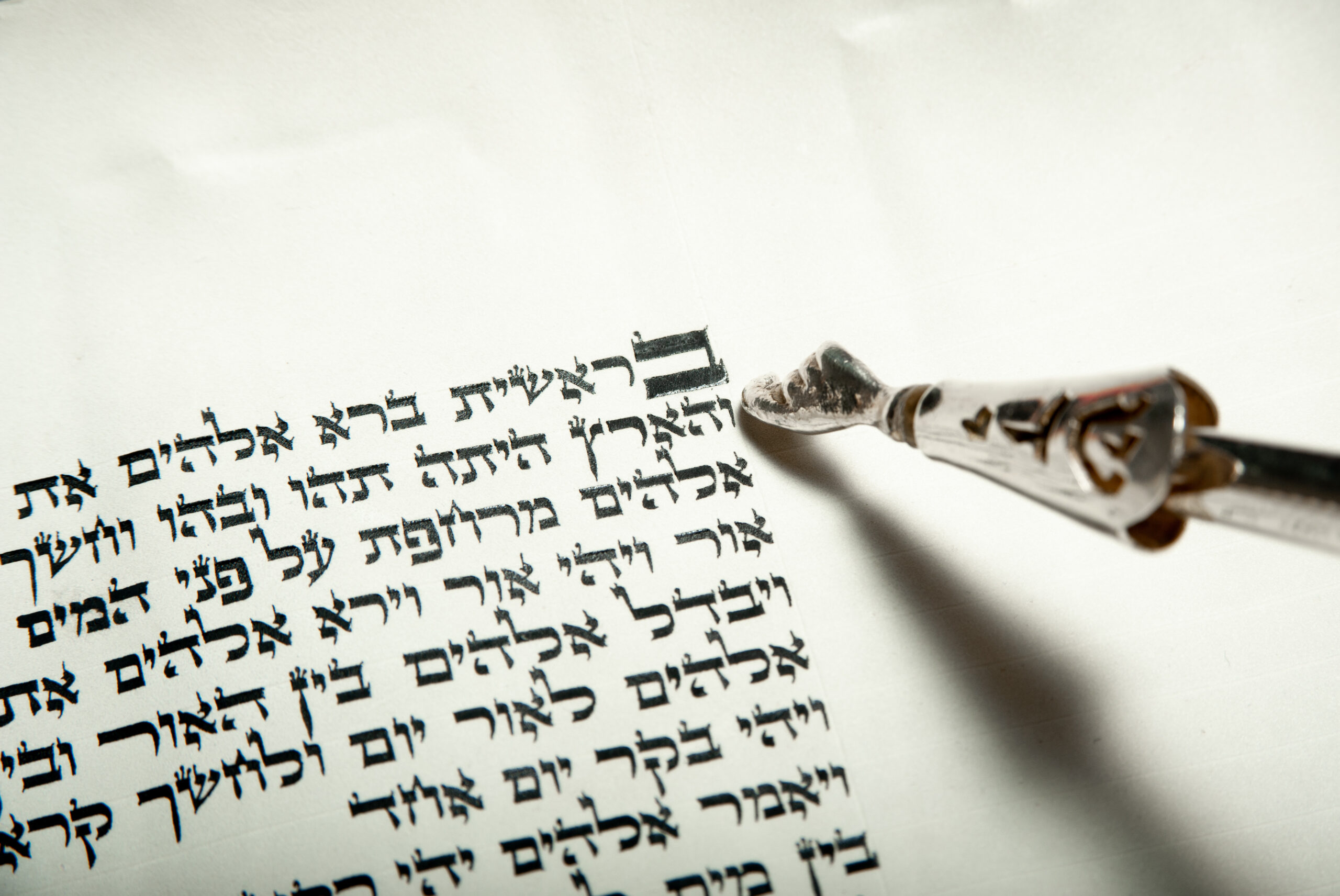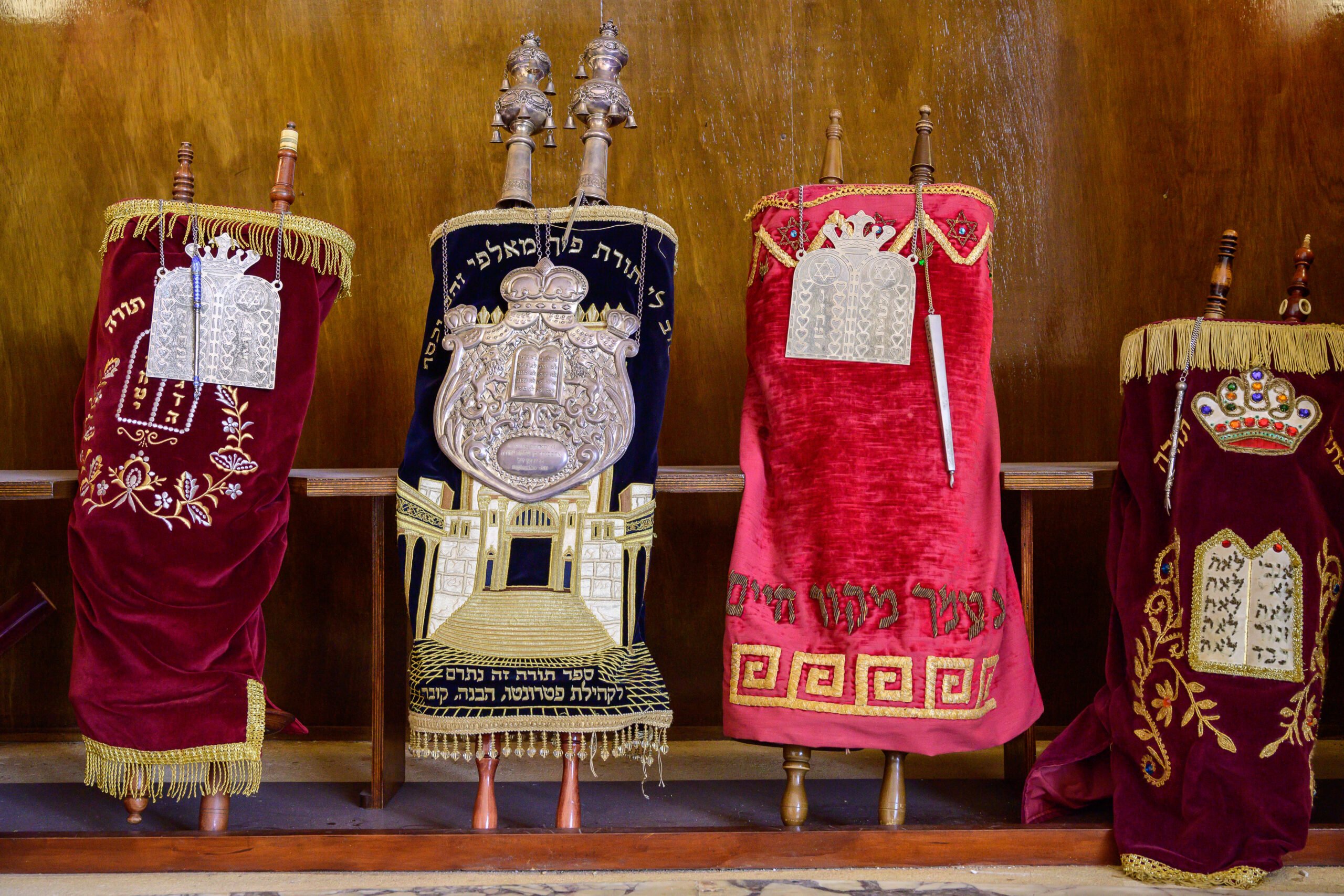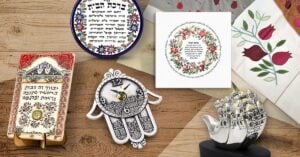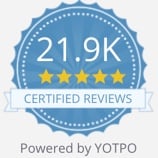What Is the Torah?
The Torah (תּוֹרָה), meaning “teaching” or “instruction,” refers to the first five books of the Hebrew Bible. These sacred texts, also called the Chumash (חֻמָּשׁ), from the Hebrew word for “five,” are traditionally believed to have been given by God to Moses at Mount Sinai. Written in Biblical Hebrew and read publicly in synagogue year-round, the Torah is divided into weekly portions called parshiyot (singular: parsha, פָּרְשָׁה), making it accessible to the community one week at a time.
Why Is It Divided into Five Books?
The Torah is split into five separate books, each with its own themes, characters, and key events. They form a narrative that stretches from the creation of the world to the Israelites standing on the edge of the Promised Land. This division helps organize both the storytelling and the commandments (mitzvot) into digestible parts, and it’s how we still study and read the Torah today.
Why the Torah Still Matters
For over 3,000 years, the Torah has been at the center of Jewish life. Its influence can be seen in everything from holiday traditions and ethical debates to family customs and synagogue rituals. Studying the Torah, whether weekly through the parsha, at a Shabbat table, or in a class, connects Jews to generations of wisdom and helps keep tradition alive.















